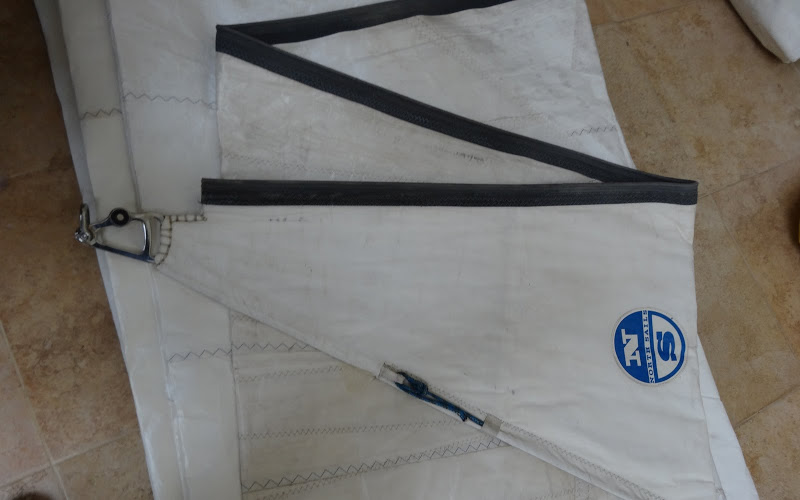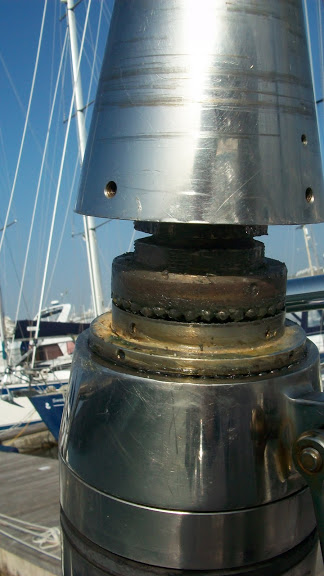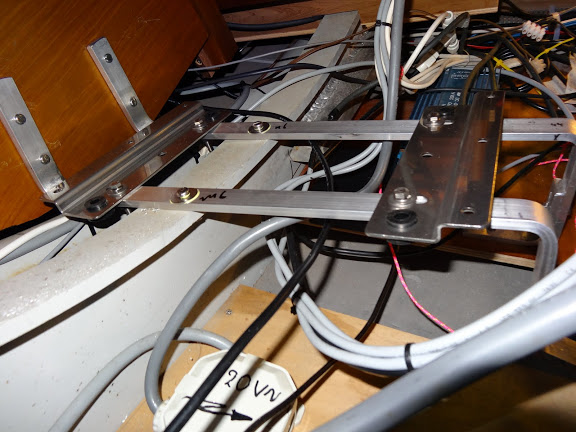Inflated Opinion
Eventually something was going to blow up….the liferaft is in for servicing and the cylinder fired. Checking out as fully serviceable the raft will be vacuum packed and refit with the required safety gear to meet the ARC SOLAS specifications. The procedure is being witnessed by an equally inflated crew under going dry suit testing.



